This spring, the sky over St. Charles received a rare “glow up.” Redhawks from Campton Hills to South Elgin stepped out after sundown to catch a glimpse of the majestic natural spectacle known as aurora borealis, or the Northern Lights.
The science behind the aurora borealis and the vibrant hues illuminating the night sky stems from a phenomenon known as “coronal mass ejection” (CME), which refers to an instability in the sun’s magnetic field resulting in an explosion of plasma. These particles collide with the magnetic field of Earth, racing toward the North and South Poles. The particles then flow into the atmosphere near the North and South poles. As they travel the magnetic fields, they react with the Earth’s atmospheric gasses, such that they transform into varying and beautiful forms of visible light illuminating the sky. Solar particles colliding with Nitrogen produce the purples and greens, while those colliding with oxygen produce red or green hues.
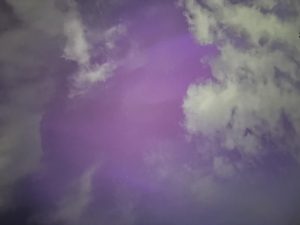
The folklore surrounding the aurora borealis is just as de-light-ful as the vision. This rare phenomenon was named by 17th-century astronomer, Galileo Galilei after the Roman goddess of the dawn, “Aurora,” and the Greek god of the North wind, “Boreas,” likely because of the sky playing host to a veritable windstorm of colorful lights. Other myths about the event can be traced to Norway, where the Northern Lights are more frequent and readily visible. One Norse myth attributed the lights to be made from the breath of fallen soldiers, while another claimed it was the “Bifrost Bridge”, a mythical arch that led dead soldiers to the afterlife. Native American tribal folktales suggested they were the spirits of animals or the spirits of those seeking revenge in the afterlife. Even 30,000-year-old cave finger drawings discovered in France recorded the awe inspired by this delicate dance of lights.
Solar storms are frequent occurrences, but auroras tend to be rare, usually operating on about an 11-year cycle. So, 2024 has been an “astronomical” year, with the total lunar eclipse and a visible aurora in our nation’s Midwest, but there are more opportunities to catch the phenomenon in about a decade. The history, science, and folklore behind the aurora borealis is as beautiful and “colorful” as the spectacle itself.




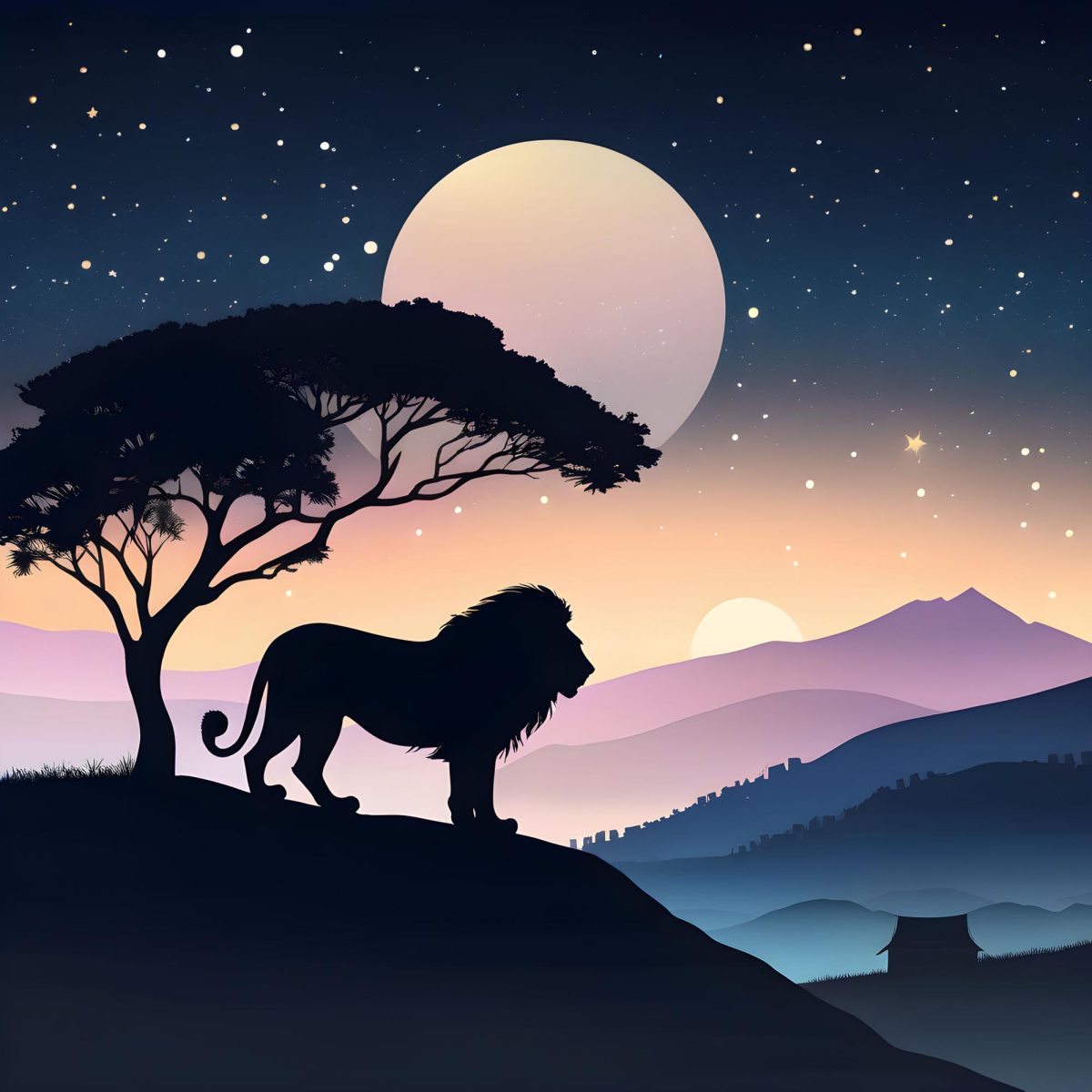



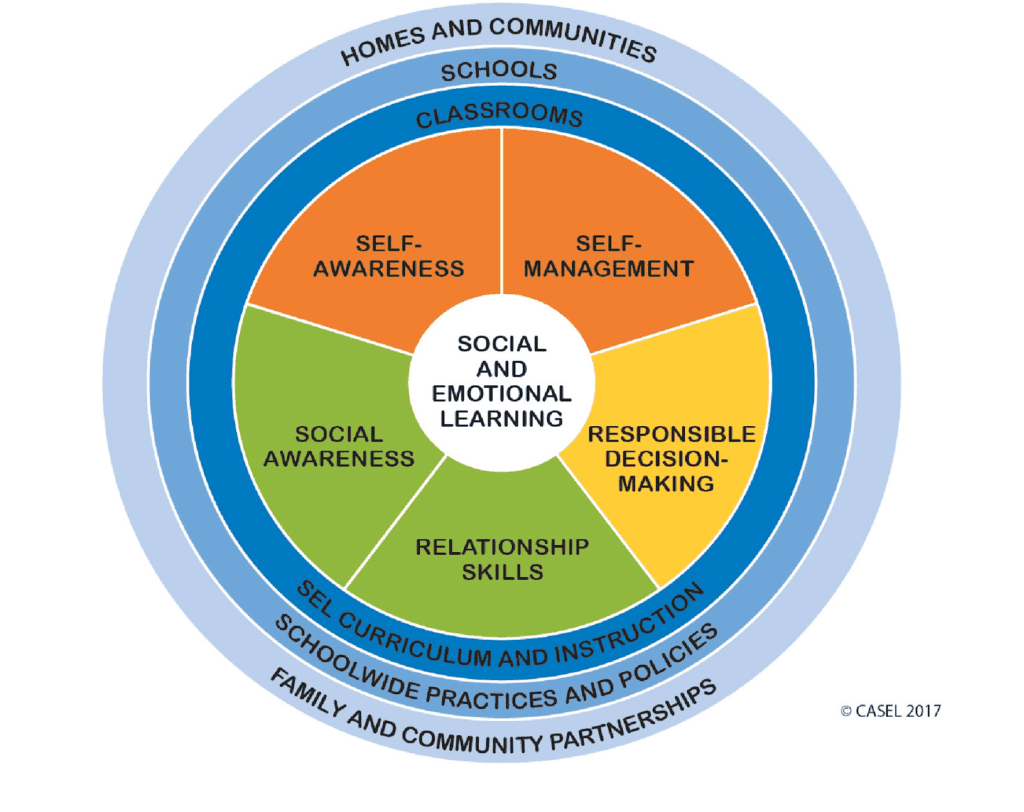






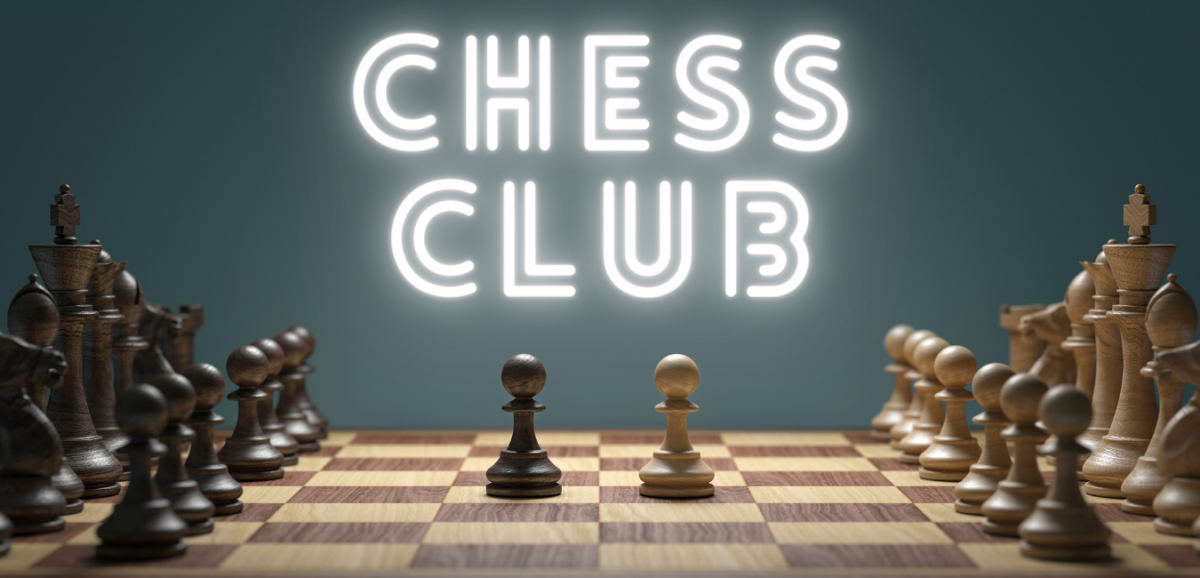




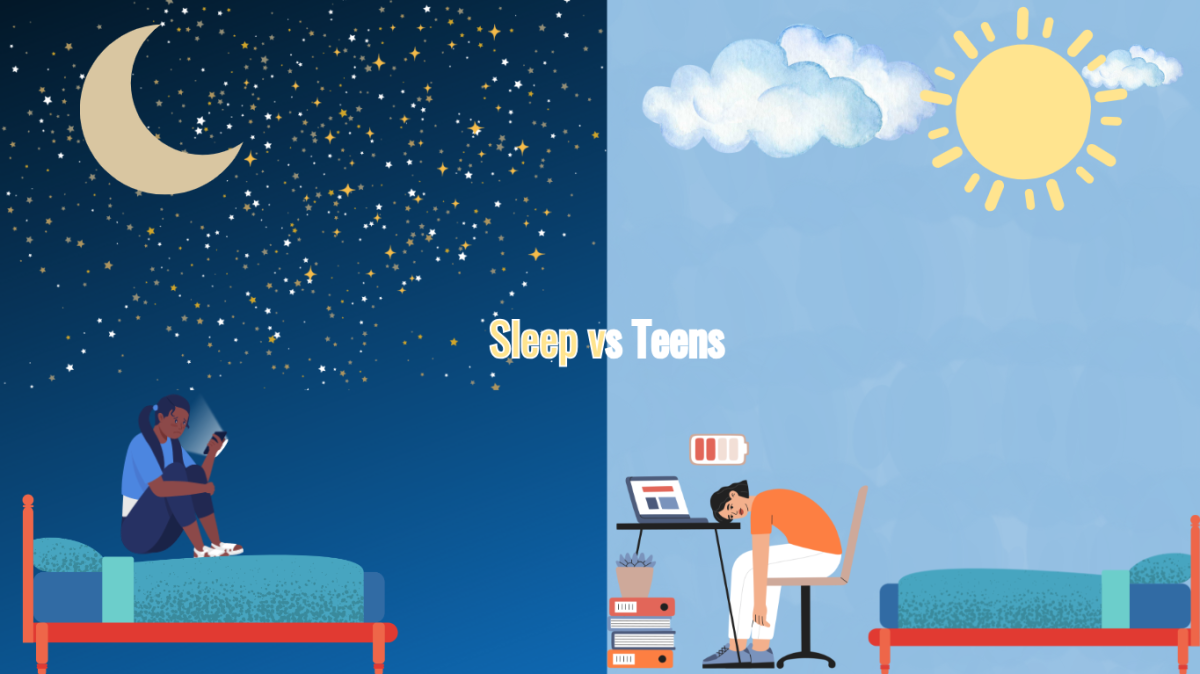
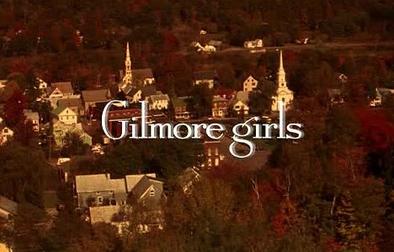
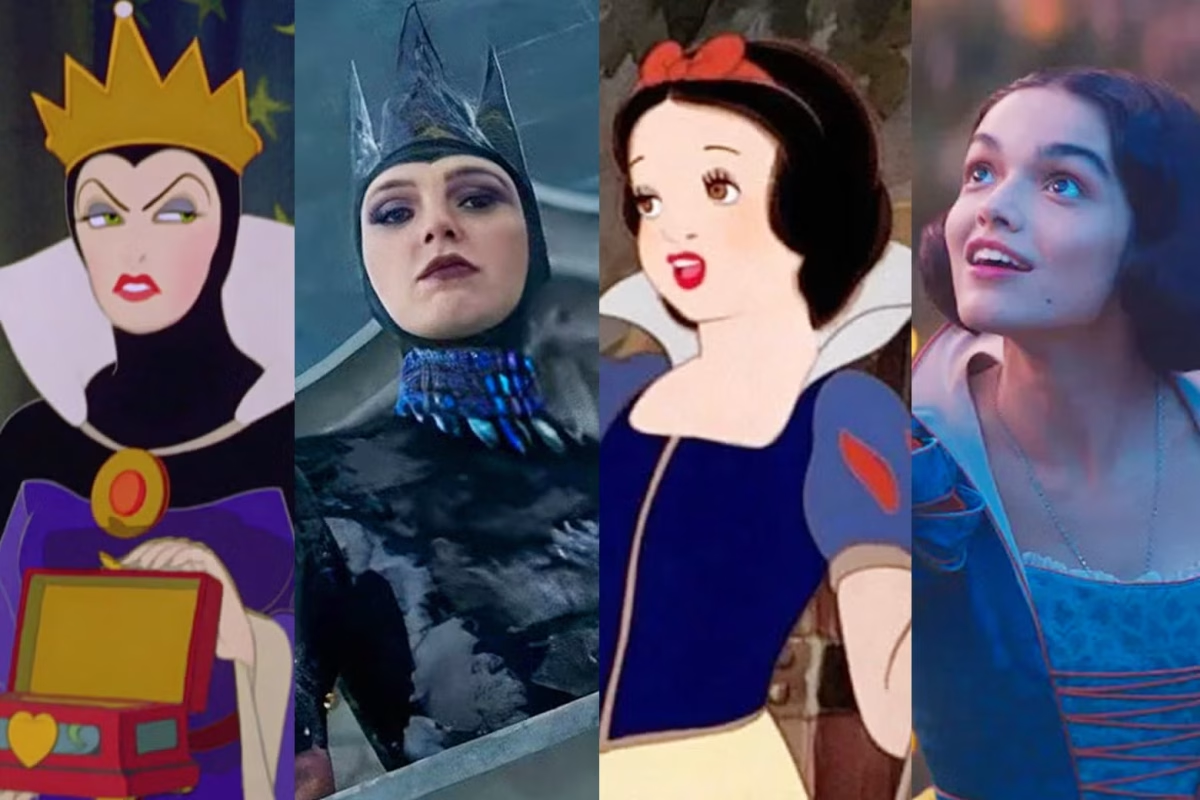

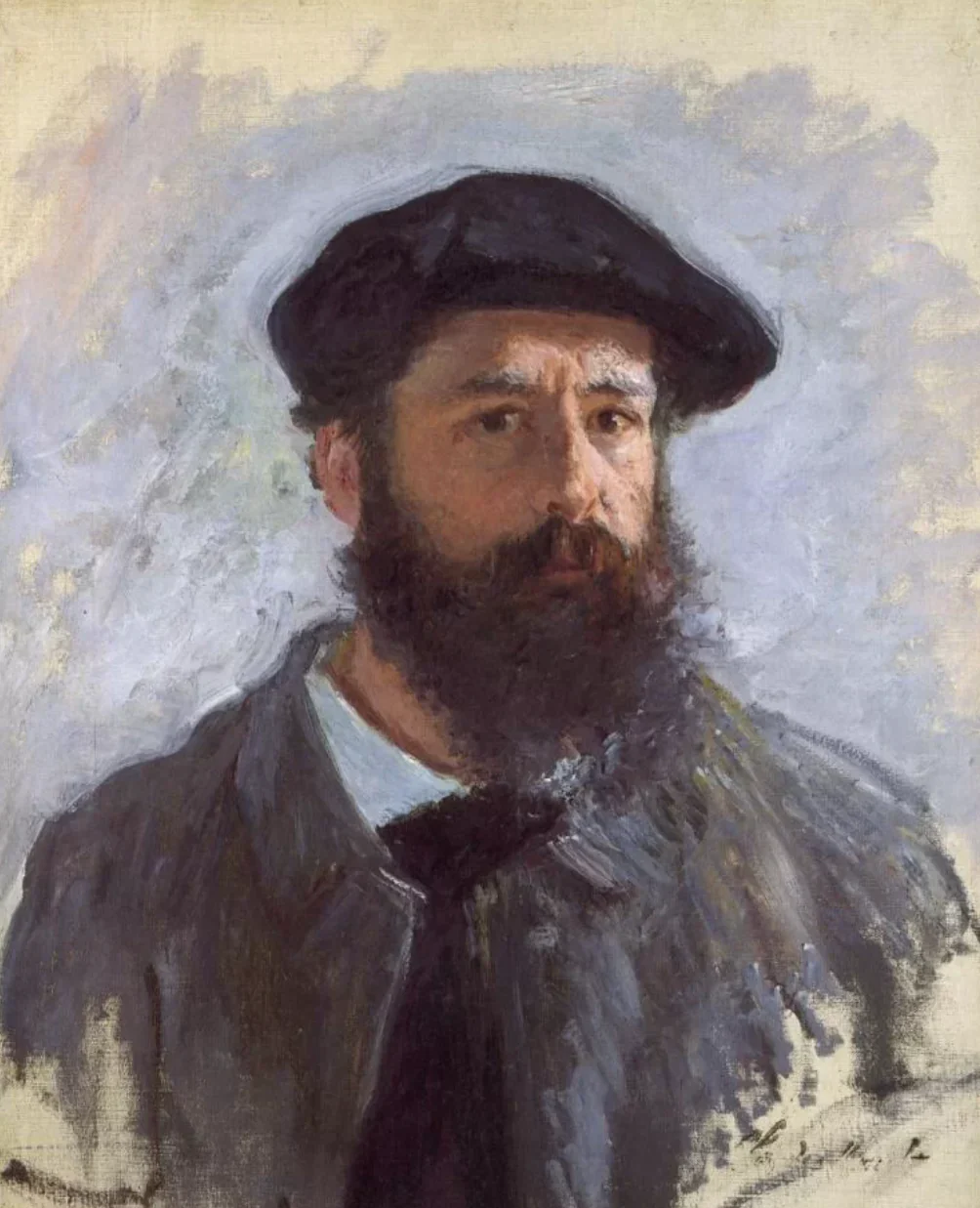



Silas Cotie • Nov 4, 2024 at 1:49 pm
This is a really cool article. I’ve seen the lights, and now I know why they appear!
Ms. Malhan • May 19, 2024 at 12:28 pm
Abeile- You have always loved rainbows- I’m glad you convinced us to drive up north the chase these night lights!